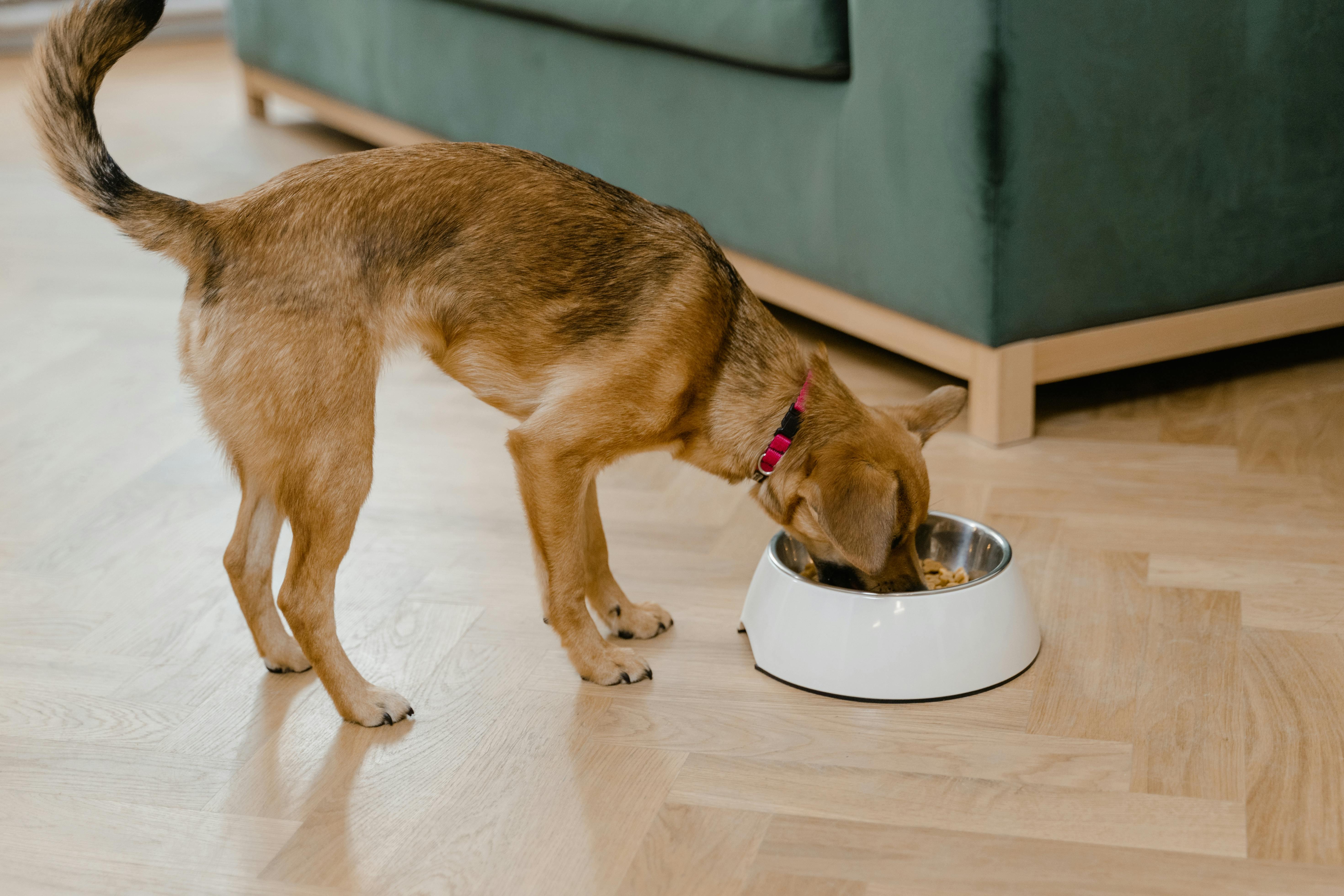Top Dog Foods: Give Your Pup the Nutrition They Deserve

Top Dog Foods: Give Your Pup the Nutrition They Deserve
Your dog isn’t just a pet — they’re family. And just like any family member, you want to feed them right. That’s why finding the Top Dog Foods is so important. This guide is your go-to resource to help you choose the very best for your four-legged friend.
Why Choosing the Right Dog Food Matters
The Link Between Nutrition and Your Dog’s Health
Feeding your dog is more than filling a bowl — it’s about fueling their life. The right food supports everything from shiny coats and strong muscles to mental sharpness and energy levels. Good nutrition can even extend your dog’s life.
Common Mistakes Pet Owners Make
Many pet parents unknowingly fall for flashy packaging or assume expensive means better. Others stick with one brand for years without considering their dog’s changing needs. Let’s fix that today.
What Makes a Dog Food "Top Quality"?
Ingredients to Look For
Look for whole proteins like chicken, beef, salmon, or lamb listed as the first ingredient. Other must-haves include:
-
Omega-3 and Omega-6 fatty acids
-
Probiotics
-
Vitamins and minerals
-
Brown rice, sweet potatoes, and peas (as healthy carbs)
Ingredients to Avoid
Stay away from vague terms like “meat meal,” artificial colors, fillers like corn or soy, and preservatives like BHA and BHT.
Types of Dog Food Available
Dry Kibble
Convenient and budget-friendly, dry kibble is the most common dog food. It helps with dental health too.
Wet/Canned Dog Food
Wet food contains more moisture, which is great for dogs who need extra hydration or are picky eaters.
Raw Dog Food
Raw diets mimic what dogs might eat in the wild — raw meat, bones, and organs. Great for some, risky for others.
Freeze-Dried and Dehydrated Options
These are shelf-stable like kibble but closer to raw food in nutrition. Just add water before serving.
Special Considerations Based on Dog’s Age
Puppy Nutrition Needs
Puppies need higher levels of protein, calcium, and DHA for growth and brain development.
Adult Dog Requirements
Adult dogs need balanced energy and nutrients without excessive calories.
Senior Dog Considerations
Older dogs need joint support, lower fat content, and easily digestible ingredients.
Breed-Specific Nutritional Needs
Not all dogs eat the same. A tiny Chihuahua and a big German Shepherd have vastly different caloric needs, chewing capabilities, and dietary tolerances. Choose foods tailored to their breed size and activity levels.
Top 10 Best Dog Foods You Can Buy Today
If you want a shortcut to the best options out there, check out the curated list on Top Dog Foods. These selections have been handpicked for their premium ingredients, transparency, and rave customer reviews.
How to Read a Dog Food Label Like a Pro
Always check for:
-
A named protein source as the first ingredient
-
AAFCO (Association of American Feed Control Officials) nutritional adequacy statement
-
Clear breakdown of crude protein, fat, fiber, and moisture
Grain-Free vs. Grain-Inclusive: What’s Better?
It depends. Grain-free diets may help dogs with sensitivities, but most dogs digest grains like rice and oats just fine. Always consult your vet before switching.
Common Dog Food Allergies and How to Manage Them
Typical allergens include chicken, beef, dairy, and wheat. If your dog’s itchy, constantly licking, or has tummy issues, a food intolerance might be to blame. Try limited-ingredient diets or hydrolyzed protein formulas.
Homemade Dog Food vs. Commercial Dog Food
Homemade meals allow full control over ingredients but require time, money, and nutritional knowledge. Commercial foods offer convenience and balanced nutrition — if you pick the right brand.
Vet Recommendations: What Do Professionals Say?
Veterinarians often recommend brands backed by scientific research and testing, like Hill’s Science Diet, Royal Canin, or Purina Pro Plan. They also stress the importance of selecting foods based on your dog’s individual health status.
Transitioning Your Dog to a New Food
Switch gradually over 7–10 days:
-
25% new food, 75% old for 2–3 days
-
50/50 mix for 2–3 days
-
75% new, 25% old for 2–3 days
-
100% new food
How Much and How Often Should You Feed Your Dog?
Portion sizes depend on weight, age, and activity. Most adult dogs do well with two meals a day. Puppies may need 3–4, and seniors may prefer smaller, more frequent meals.
Tips for Picky Eaters
-
Warm up the food slightly
-
Add low-sodium broth
-
Rotate proteins occasionally
-
Mix in a spoonful of wet food
Final Thoughts on Choosing Top Dog Foods
Finding the perfect food isn’t just about taste — it’s about long-term health and happiness. Whether you go with kibble, canned, or raw, always prioritize quality ingredients and your dog’s individual needs. For trusted reviews and recommendations, you can always count on ibelu.
FAQs
1. How can I tell if my dog likes their food?
Watch for signs like eagerness at mealtimes, a clean bowl, healthy stool, and a shiny coat.
2. Is grain-free food better for all dogs?
Not necessarily. Some dogs do well with grains. Talk to your vet before making the switch.
3. Should I be feeding my dog human food instead?
While some human foods are safe, most aren’t balanced for dogs. Stick to quality dog food or vet-approved homemade meals.
4. How often should I change my dog’s food?
Change only when needed — due to age, health, or allergies. Gradual transition is key.
5. What’s the best dog food brand overall?
There’s no one-size-fits-all answer, but brands listed on Top Dog Foods are a great starting point.
- Art
- Causes
- Crafts
- Dance
- Drinks
- Film
- Fitness
- Food
- Juegos
- Gardening
- Health
- Inicio
- Literature
- Music
- Networking
- Otro
- Party
- Religion
- Shopping
- Sports
- Theater
- Wellness


